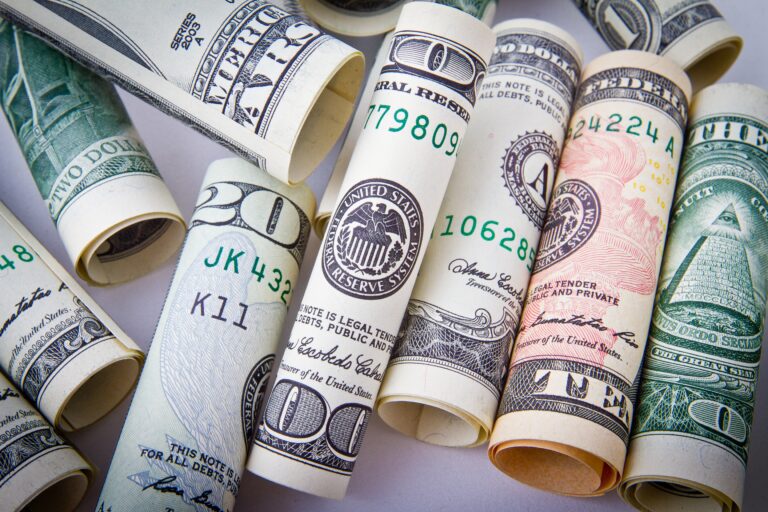
Morning Brief – Emerging Market Shift
In the first half of 2020, lockdowns pervaded in much of the Western World. Despite the cause for economic concern in the world’s most developed economies, there was also cause for optimism with a new vaccine that promised to provide a conclusive end to the pandemic approved by one regulator or another seemingly every week. This created interesting dynamics in markets where monetary support and economic optimism mixed with visibly beleaguered economies to leave markets hesitant over G10 currencies. Instead, seeing the light at the end of the tunnel and having taken a battering during the previous 9 months of the pandemic, it was emerging market currencies that found themselves in a position to gain strength. Not only did emerging market currencies outperform during the first half of 2021 as a result of the mixed signals coming from developed market currencies, but such emerging markets also had the monetary capacity to begin to normalise policy. It was this policy shift that accommodated moves such as the rally of more than 15 percent in the Brazilian Real versus the US Dollar between March and June this year.
Rate hikes within emerging markets (such as the 325 basis points that Brazil has hiked by since the start of the year) have only been possible and had the effect they have had due to the stagnation in US policy and market expectations therein. Despite the Federal Reserve having managed to kick the can further down the road before raising policy, a definitive shift in US Monetary Policy has now taken place with markets told to expect tapering. Rising US rates deteriorates the appeal of emerging market currencies, undermining the demand generated for such currencies accrued during their own hiking cycles earlier this year. The expectation of policy tightening from the Fed too has and will crowd out the expectations and ability of emerging markets to continue to normalise policy. In FX forwards for example, at the end of June markets were pricing in 1.3% worth of rate hikes in Russia before the end of the year. Today, largely thanks to the Fed’s change of tone, that stands at just 0.5%. Since June too, under similar circumstances, the Brazilian Real is down 4.5%.
The weakness of Emerging market currencies is widespread. Their weakness should not, across the board, allow them to reach the distressed lows of during the first wave of the Covid-19 pandemic. However, given that most EM currencies have recovered all if not more than their post-March 2020 fall, present valuations could allow moderate further weakness.
Discussion and Analysis by Charles Porter

Click Here to Subscribe to the SGM-FX Newsletter
Related Insights

Morning Brief – Too soon to call USD lower
Too soon to call USD lower Those following the US Dollar’s performance in the markets would have noted a recent downturn accelerating as this week has progressed. There have been two factors driving this sell-off but it is far from certain that either may endure long enough to push the Dollar index back to its […]

Morning Brief – Milan, Italy
Milan, Italy The City of Milan has a late night noise problem and so it has acted unilaterally to resolve it-Italian style. A ban on the sale of take away food including ice cream and pizza after midnight is being imposed to protect the “peace and health of residents.” Here in the UK late night […]

Morning Brief – Coal tinted spectacles
Coal tinted spectacles If you had to boil down the global economy into one category from the options of bad/fair/good, what would you choose? We all experience the economy vastly differently down to an infinite number of variables. But by and large the current phase we are in, characterised by strong global growth rates, record […]



 Charles Porter
Charles Porter Humphrey Percy
Humphrey Percy